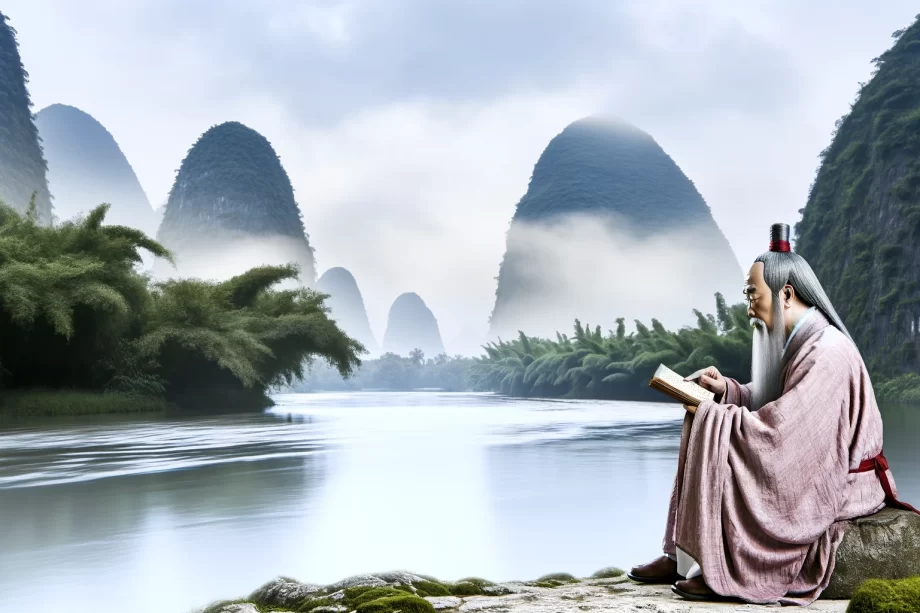Over centuries, the rich tradition of Chinese poetry has captivated scholars and enthusiasts alike with its depth, complexity, and beauty. Delving into the works of ancient Chinese scholars reveals a treasure trove of poetic masterpieces that offer insights into the culture, history, and values of this ancient civilization. This blog post will explore the revered poets of ancient China, their unique styles, and the enduring themes that continue to resonate with readers today.
Historical Context
The Dynastic Eras and Their Literary Impact
For centuries, the rich history of China has been shaped by a series of dynasties, each leaving a profound impact on the country’s cultural and literary landscape. From the Shang Dynasty’s oracle bone inscriptions to the Tang Dynasty’s flourishing poetry, Chinese scholars have been instrumental in recording the essence of each era through their literary works.
The Role of Scholars in Ancient Chinese Society
To understand the significance of poets and scholars in ancient Chinese society, one must grasp the respect accorded to intellectual pursuits and the importance of Confucian values. Scholars held a revered status as the custodians of knowledge and culture, playing crucial roles as advisors to emperors, educators, and moral compasses for society.
With a deep-rooted belief in the power of education to elevate individuals and society as a whole, scholars dedicated their lives to the pursuit of wisdom and self-cultivation. Their literary works often reflected not only personal emotions and thoughts but also moral teachings and philosophical insights that resonated through the centuries.
Analyzing Poetic Forms
Shi, Ci, and Qu: A Comparison
With the rich history of Chinese poetry, scholars have identified distinct poetic forms such as Shi, Ci, and Qu. These forms have different structural elements and thematic focuses, reflecting the diverse styles and techniques of ancient Chinese poets.
| Form | Description |
| Shi | A form of regulated verse with strict tonal patterns and line lengths. |
| Ci | A type of lyric poetry set to music, known for its emotional expression and elegant language. |
| Qu | A form of narrative poetry with irregular line lengths and a more colloquial style. |
Symbolism and Imagery in Scholarly Poetry
With a deep appreciation for nature and philosophy, ancient Chinese scholars imbued their poetry with rich symbolism and vivid imagery. Each flower, bird, or landscape element symbolized deeper meanings, evoking emotions and philosophical reflections within the reader.
The intricate use of symbolism and imagery in scholarly poetry served as a way for poets to communicate complex ideas and emotions in a condensed and profound manner, showcasing the depth of Chinese literary traditions.
Prominent Figures and Their Works
Poetic Giants of the Tang Dynasty
For centuries, the Tang Dynasty has been revered as the golden age of Chinese poetry, producing some of the most influential poets in history. Li Bai, also known as Li Po, was a master of lyrical verse whose works celebrated nature and wine, while Du Fu’s emotionally rich poems captured the hardships of his time with unparalleled depth. These two giants of poetry continue to inspire generations of writers with their profound insights and timeless themes.
Intellectual Pioneers from the Song Dynasty
Giants in the intellectual landscape of the Song Dynasty, Su Shi and Lu You were prominent figures whose contributions to Chinese literature were immense. Su Shi, also known as Su Dongpo, excelled in various literary forms, from poetry to essays, leaving behind a legacy of versatility and creativity. Lu You, on the other hand, was a prolific poet whose works touched upon themes of love, patriotism, and nature, reflecting the complex society of his time.
The Song Dynasty marked a period of great advancements in literature and scholarship, with figures like Su Shi and Lu You leading the way. Their enduring works not only showcase the intellectual richness of their era but also provide valuable insights into the cultural and social milieu of ancient China.
The Legacy of Ancient Poetics
Influence on Modern Chinese Literature
With a rich history and deep-rooted cultural significance, ancient Chinese poetry has undeniably influenced the landscape of modern Chinese literature. The elegant style, profound themes, and meticulous craftsmanship exhibited by poets of the past have set a high standard for contemporary writers to draw inspiration from.
Preservation and Global Appreciation
Modern efforts towards the preservation and global appreciation of ancient Chinese poetic treasures have been fruitful in maintaining the legacy of these revered scholars. The meticulous translations, study materials, and academic discourse dedicated to the understanding of ancient Chinese poetry have ensured that these cultural treasures are not lost to time.
Summing up
Taking this into account, the exploration of ancient Chinese poetry offers a glimpse into the rich cultural and literary heritage of China. By delving into the works of scholars such as Qu Yuan and Sima Qian, we unearth poetic treasures that provide insights into the values, beliefs, and artistic expressions of ancient civilizations. Through these poems, we can transcend time and connect with the profound emotions and wisdom of the past. To continue exploring the world of ancient Chinese scholars and their literary creations, visit Ancient Treasure Comes to Light.
